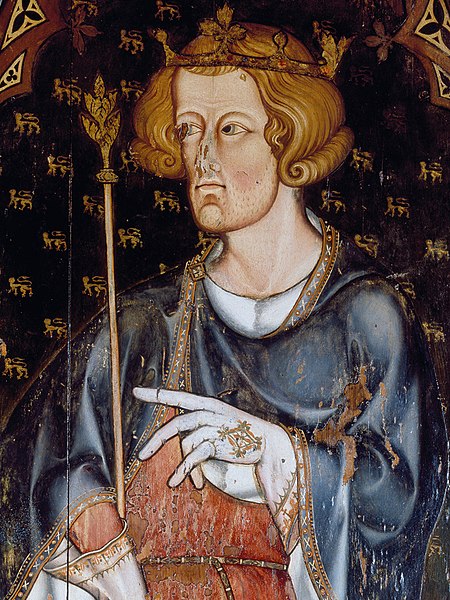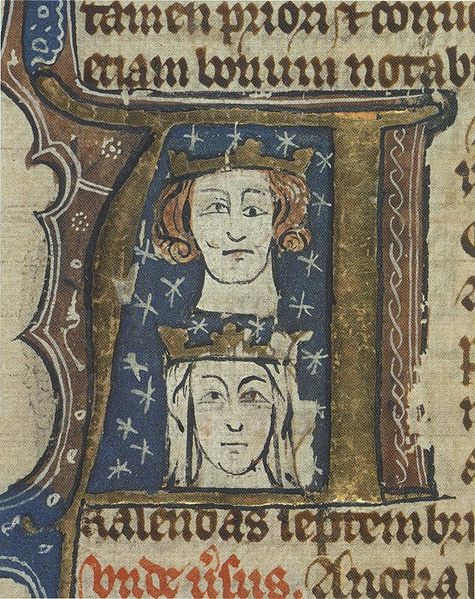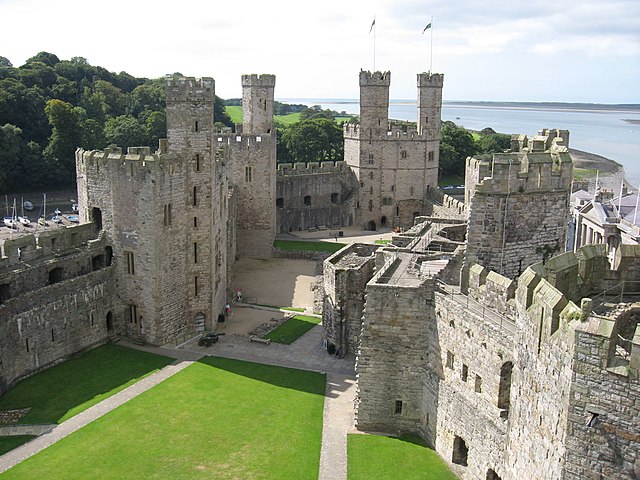The Edict of Expulsion was a royal decree issued by Edward I on 18 July 1290 expelling all Jews from the Kingdom of England, the first time a European state is known to have permanently banned their presence. The date was most likely chosen as it was a Jewish holy day, the ninth of Ab, commemorating the destruction of Jerusalem and other disasters that the Jewish people have experienced. Edward told the sheriffs of all counties that he wanted all Jews expelled before All Saints' Day that year.
A contemporary illustration showing the expulsion of the Jews. Image shows the white double tabula that Jews in England were mandated to wear by law.
Extract of the Statute of the Jewry, c. 1275
167 and 169 King Street, The Music House, Norwich: one of two surviving Jewish houses dating from before the expulsion. Such properties were forfeit and sold or gifted by the Crown.
Edward I used antisemitism as an instrument of state policy.
Edward I, also known as Edward Longshanks and the Hammer of the Scots, was King of England from 1272 to 1307. Concurrently, he was Lord of Ireland, and from 1254 to 1306 he ruled Gascony as Duke of Aquitaine in his capacity as a vassal of the French king. Before his accession to the throne, he was commonly referred to as the Lord Edward. The eldest son of Henry III, Edward was involved from an early age in the political intrigues of his father's reign. In 1259, he briefly sided with a baronial reform movement, supporting the Provisions of Oxford. After reconciliation with his father, he remained loyal throughout the subsequent armed conflict, known as the Second Barons' War. After the Battle of Lewes, Edward was held hostage by the rebellious barons, but escaped after a few months and defeated the baronial leader Simon de Montfort at the Battle of Evesham in 1265. Within two years, the rebellion was extinguished and, with England pacified, Edward left to join the Ninth Crusade to the Holy Land in 1270. He was on his way home in 1272 when he was informed of his father's death. Making a slow return, he reached England in 1274 and was crowned at Westminster Abbey.

Portrait in Westminster Abbey likely depicting Edward I, installed sometime during his reign
Early fourteenth-century manuscript initial showing Edward and his first wife Eleanor of Castile. The artist has perhaps tried to depict Edward's blepharoptosis (drooping eyelid), a trait he inherited from his father.
Medieval manuscript showing the Earl of Leicester's mutilated body at the field of Evesham
Caernarfon Castle, one of the castles erected in Wales during the reign of Edward I







